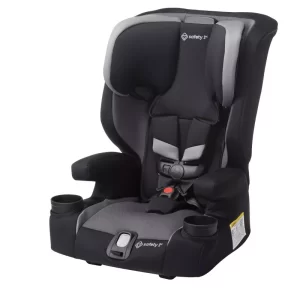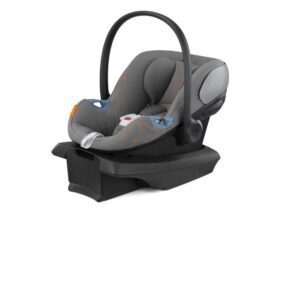Who Got Airbags to the Masses?
In 1990, Oldsmobile put out a commercial stating that 17 years earlier, in 1973 (for the 1974 model year), they were the first to offer the general public an airbag. And while this is true – the General Motors Air Cushion Restraint System was the first to be offered to the public – GM was far from the leader in airbag fitment by 1990.
That year, less than 15% of GM cars (not trucks, LTVs, or vans, just passenger cars) made had a driver airbag, compared to about 50% for Ford and 90% for Chrysler. 1990 was a watershed model year; all passenger cars made after September 1, 1989 had to have either a driver airbag or automatic seat belts for both the driver and front passenger. Airbag fitment in trucks, vans, and SUVs still sat at zero.
Airbags were largely de rigueur in the luxury car class for 1990, with the Cadillac Brougham and Jaguar XJ standing alone as the only luxury sedans to not have an airbag. The vast majority of European luxury and near-luxury cars came with one, as did a majority of the Japanese luxury offerings.
Chrysler wisely went the airbag route early; before May 1988, you couldn’t get a Chrysler with a driver airbag, but after that, airbag introduction went quickly. By the 1990 model year, every passenger car Chrysler built in the USA had a driver airbag – from the lowly Omni to the ritzy Imperial. The Omni’s final model year was 1990, and it was a short run, with production ending on February 2, 1990. Yet Chrysler made a few months’ worth of production of airbag-equipped Omnis. In its class – minicars – the 1990 Omni would be the only pre-1993 vehicle with an airbag. Ford was beginning to expand their airbag lineup into their non-luxury, mass market vehicles, but GM’s driver airbag systems were still restricted to sports and luxury vehicles – and, bizarrely, the Geo Storm.
Like GM, the Japanese automakers still largely restricted airbag availability to luxury and/or sporty cars.
Chrysler, with their Dodge Shadow and Plymouth Sundance which had a driver airbag standard, made the vast majority of small cars with driver airbags; the Geo Storm was your only other option. Isuzu joined them late in the model year with the Stylus, and Ford offered an optional driver airbag on their Tempo, as they had since 1985. In effect, if you wanted something cheap with an airbag in the 1990 model year, it would probably be purveyed to you by Chrysler.
If you wanted a midsize car with an airbag, your only options were Chrysler and Ford, whom to their credits made the bag standard in all of their midsize cars.
So Chrysler wins out on making driver airbags available to the mass market early on. But what happened in the remaining 8 years before dual airbags would finally be required?
Chrysler offered the first airbag on a non-passenger car vehicle in January 1991, with their minivans featuring an optional driver airbag for the latter part of the 1991 model year before it became standard for 1992. Not to be outdone, Ford put a standard driver airbag on both its Aerostar minivan and its all-new full-size van for 1992, and Toyota also made a driver airbag standard on their Previa in ’92.
First SUV with an airbag? Chrysler, with their Jeep Grand Cherokee which launched in April 1992 as a 1993 model. It would be over a year before the next SUVs to have an airbag would launch from, you guessed it, Ford, as well as Mitsubishi – the 1994 Bronco and Montero. On the truck front, Chrysler was again first, with their redesigned 1994 Ram truck going on sale on October 1, 1993 with a standard driver airbag; however, Ford was only a hair behind, their 1994 F-150 going on sale the next month.
Overall, I’d have to give Chrysler credit in all classes for being first with airbags in mass-market cars, a factor which certainly helped their sales in the early 1990s. They advertised the heck out of them, too.






